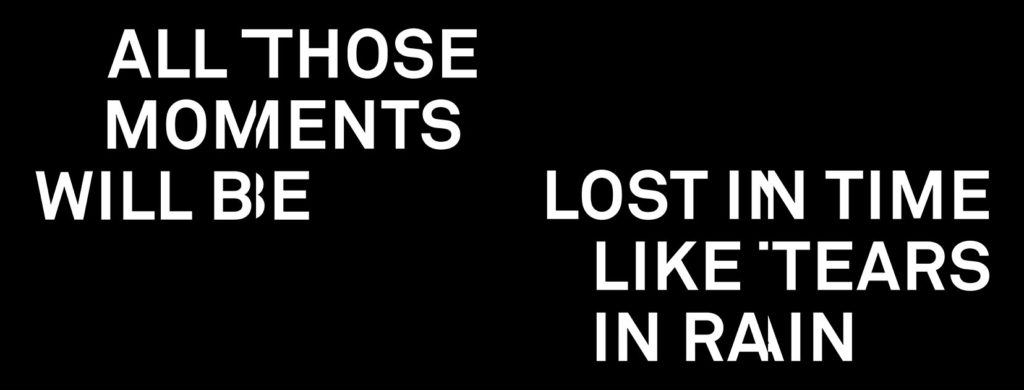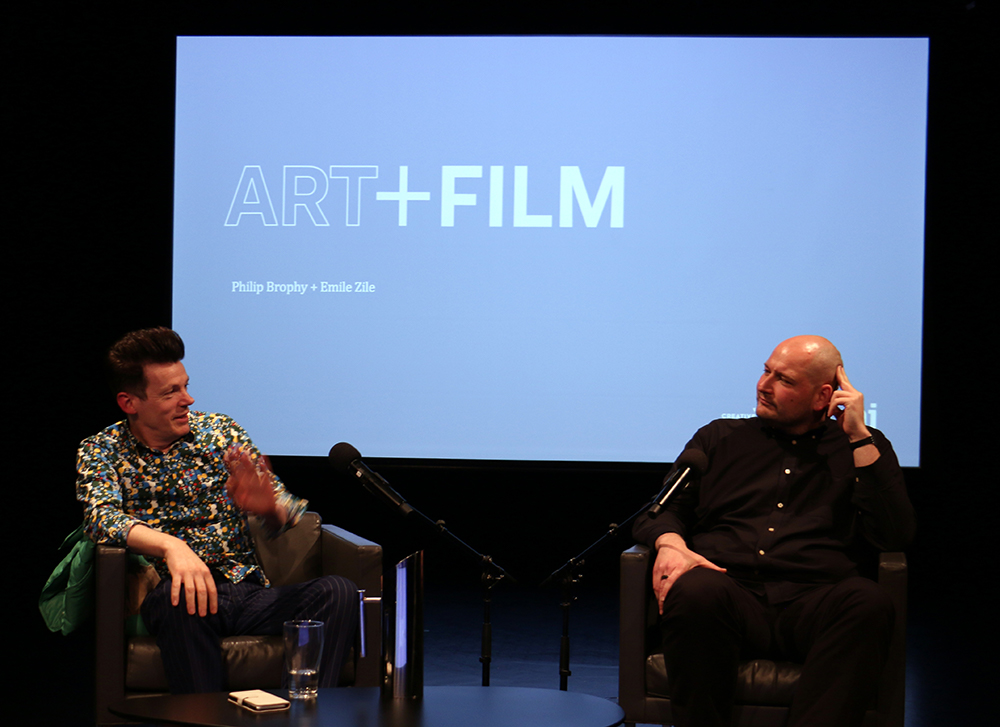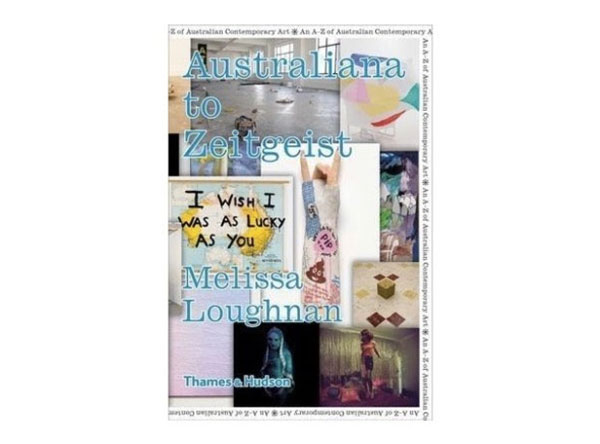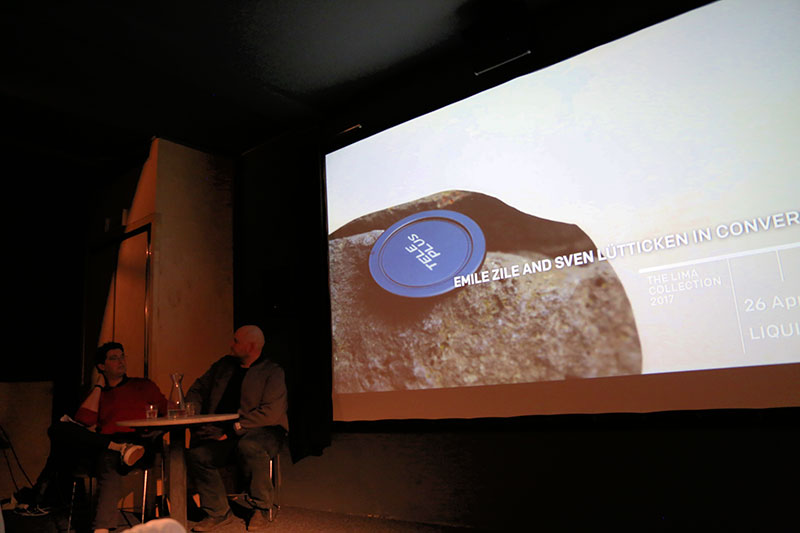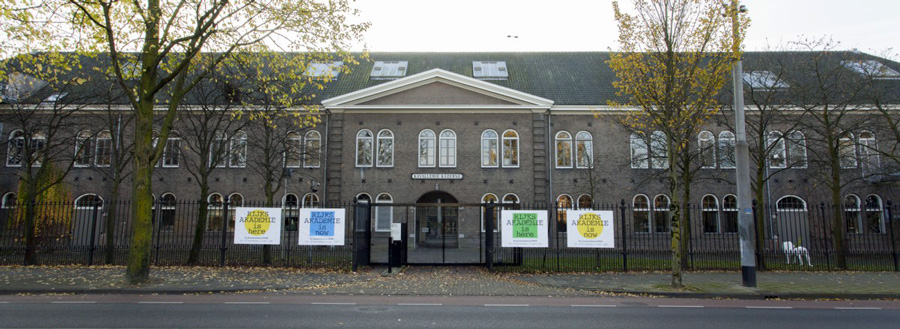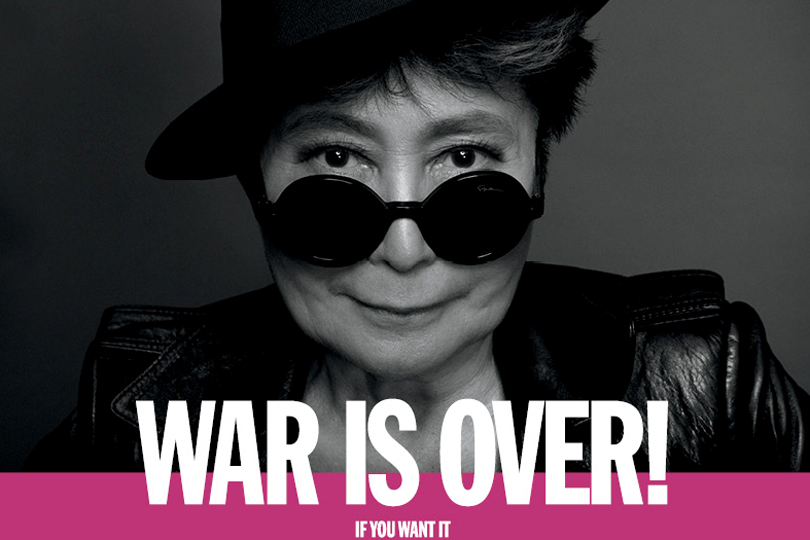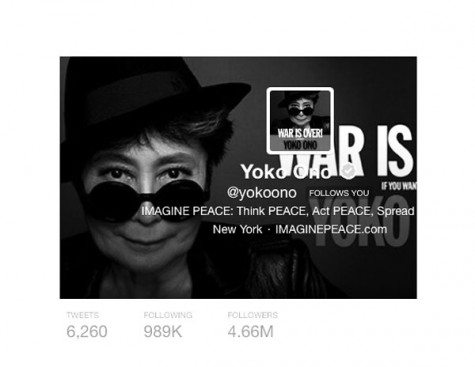Image credit: Ikea Roof Terrace detail, Joe Hamilton 2014
Experimenta Social is a series of talks, discussions and demos to provide proximity to some of Australia’s most adventurous contemporary artists, researchers and creative technologists.
This artist led series is curated and hosted by Emile Zile in collaboration with Experimenta and explores practices at the nexus of Art and technology, science, culture and design. You will hear from artists sharing their latest projects and researchers presenting projects that grapple with the concerns of our time. Beyond inconsequential debates over the role of Media Arts in a post-media world, Experimenta Social will combine activated audiences drawn from contemporary art, social research, electronic art and non-professional spheres for lively debate and discussion.
Experimenta Social will take place every second Wednesday from mid-August 2016:
17th and 31st August, 14th and 28th September, 12th and 26th October
ACMI X Studio, Level 4, 2 Kavanagh Street, Southbank, VIC 3006.
26/10/16
Session 6: Australiana, The Mongrel and Amnesia
https://www.facebook.com/events/1225051617515818/
For the last Experimenta Social in this series we invite Philip Brophy and Eugenia Lim to reflect on Australian identity, place and belonging. Using pop cultural forms as a lens to view Australian society, both Eugenia and Philip uncover latent meanings and interpretations through their video works, writing and installation. Expanding on his AFTRS Classics of Australian Cinema book that uses Priscilla Queen of the Desert as a map of Australian identity, Philip Brophy will deliver an expanded illustrated version of this book.
Philip Brophy After a series of experimental mixed-media works exhibited in art and non-art contexts over many years, Philip Brophy has consolidated his interests to produce a range of audiovisual works focussing on his key interests in pop, sex and music. Brophy continues to lecture and present on film sound and music internationally, specializing in horror, sex & exploitation, film sound & music and Japanese animation. He is widely published in all three areas, and his book 100 MODERN SOUNDTRACKS has been translated and published in Japan.
http://www.philipbrophy.com/
Eugenia Lim is an Australian artist who works across video, performance and installation. Interested in how nationalism and stereotypes are formed, Lim invents personas to explore the tensions of an individual within society: alienation and belonging in a globalised world.
http://www.eugenialim.com/
12/10/16
Session 5: WORDS
https://www.facebook.com/events/298787690504733/
Holly Childs and Christopher LG Hill deal with words, words as objects, words as recombinative forms. The internet and the street have conflicting voices, a sense of lawlessness, a place for infinite recombination and juxtaposition. Both these artists reflect the autonomous zones of the club, the artist-run initiative and the street in their writings, performances and installations. We are proud to invite Holly Childs and Christopher LG Hill to reflect on the impact of writing over networks, language as power, the power of networked speech at Experimenta Social 5.
Holly Childs is a writer and editor. Her work explores the use of digital networks in contemporary culture. Recent presentations of her work include: as art writer within Adam Linder’s choreographic service Some Proximity at MCA, Biennale of Sydney (2016); Danklands [Swamped in 3 voices] for Capitalist Surrealism curated by Liquid Architecture at NGV, Melbourne (2015) and as curator of both Quake II, Arcadia Missa, London (2014) and waterfalls.biz at Slopes, Melbourne (2014). She is the author of two books: Danklands, published by Arcadia Missa and No Limit, published by Hologram, Melbourne. She was an Associate Producer at Next Wave 2015-16, and founding editor of Next Wave’s online publication Worm Hole. In 2016-18 she is a Gertrude Contemporary studio holder.
http://www.hollychilds.com/
Christopher LG Hill __________laces on shoes then some words biodegradable people of such in places hard ruptures some other words including Christopher L G Hill an artist untitled poet unknown everythings anarchist Y3K ignorant teacher porpoise torture bunyip trax collaborator friend facilitator curator lover anti
power dexta daps falling words scrolling noise wall gardener monochrome co-label boss walking sips a homebody mirriad dancer plate and platter considerate participator dishwasher wind and sounds from the currawong graffiti bencher fine food
eater exhibitions tweeter @clghill moorhenrafft fog fatiguée dj cognitive labour/gunic slack conversation comas or spittle independent representing our self and others born melbourne 1980c.e lives World new tab and window shopper expel binary
dialog dispersed library open doors
http://www.christopherlghill.com/
28/09/16
Session 4: AUTHORSHIP, THE NON-EXPERT AND SOCIAL ART
https://www.facebook.com/events/740691636068912
In the fourth Experimenta Social session we dive into working with community in the creation of artwork. What is the potential of working with non-artists in large-scale community work? Where are the fault lines between stakeholders, funding organisations, venues and audiences? Are distinctions between expert, artist and non-artist valid? What are the ethics of participation in the realm of the non-expert? How are new approaches to social practice being defined by leading practitioners in the field? We are proud to present the work of two independent Australian artists who also have elaborate and sustained engagement with the non-artist, James Hullick and Lara Thoms.
Lara Thoms recently received a two year Creative Australia Fellowship to explore site-specific and participatory possibilities in contemporary art. Lara was commissioned to create a large scale public work Ultimate Vision: Monuments to Us as part of the Museum of Contemporary Art’s C3WEST program, a publication of the same title was released by the MCA in 2014. Other works include ‘Exposition’ for the Melbourne Art Fair with Jason Maling, ‘The Experts Project’, (2011- 2013) where she spoke with 150 ‘unofficial experts’ as part of Local Positioning Systems at the MCA, and the ‘Funeral Party’ (2016), working with a funeral director to create an art event for Dark Mofo.
http://projectswithpeople.tumblr.com/
James Hullick is a composer, community arts worker, sound artist and producer. His projects have been presented internationally for a variety of ensembles and electronic formats. Innovative sonic terrains that James continues to work through include: recursive compositional techniques, perceptual music making, real time scores, sound making machines and community arts projects. In 2011 James founded The Click Clack Project, an organisation that combines community sonic artists with professional sonic artists. James recently completed a three-year Postdoctoral Fellowship at the University of Melbourne. He was awarded an Australia Council Fellowship (2015) and received the Michael Kieran Harvey Piano Scholarship (2015-16).
http://www.hullickmedia.com/
14/09/16
Session 3: ACCELERATION, LEGISLATION AND KNOWLEDGE-SHARING
https://www.facebook.com/events/1808637509371358/
The acceleration of networked communication has led to a proliferation of platforms for distribution and dissemination of knowledge. How do the disruptive efficiencies of digital distribution play against hundreds of years of copyright legislation that has known authorship and publishing in a very narrow channel? Where do the cracks in appear when a digital platform leverages it’s speed and efficiency against the monoliths of cultural gate-keeping? We are very happy to host Sean Dockray in the upcoming Experiementa Social to present alternative platforms for knowledge dissemination including aaaarg.org and The Public School.
Sean Dockray is a Melbourne-based artist, a founding director of the Los Angeles non-profit Telic Arts Exchange, and initiator of autonomous knowledge-sharing platforms The Public School and aaaarg.org. With a focus on social systems, time, and impermanence, Dockray’s practice often emphasizes an active, critical engagement with technology. As a recent research fellow the Post-Media Lab at Leuphana University, he explored the physical infrastructure of the sharing economy, focusing on Facebook’s new northern European datacenter. His written essays address topics such as online education (Frieze), the militarization of universities (in Contestations: Learning from Critical Experiments in Education), property within “the cloud” (in Undoing Property), book scanning (Fillip), traffic control (Cabinet), and radio (Volume). Between a BSE in Civil Engineering and Architecture from Princeton University and an MFA from UCLA (Design|Media Arts), Dockray worked for Plumb Design in New York and consulted for a variety of cultural producers including Laura Kurgan Architecture, the Center for Land Use Interpretation, the Not a Cornfield public artwork, and the Milosevic trial video archive.
http://thepublicschool.org/user/2
31/08/16
Session 2: DRAMATURGY OF NEW MEDIA
https://www.facebook.com/events/113054135812652/
Uniting dramatic energy and new media technologies is not a new challenge. Artists have consistently explored the overlap of technology and drama. From Italian Futurists privileging the new sounds of 1910s new media, namely the car and the machine gun, to 1960s developments around democratised broadcast technologies and the opening of video art to the body as exemplified by Nam-June Paik and Charles Atlas. Working at the intersections of performance, installation and new technology Martyn Coutts and Matthew Sleeth will unpack their elaborate individual practices and delve into what rehearsal decisions make technology invisible, how do technical advances drive creative decision making and what is the potential for media art on stage.
Matthew Sleeth is an Australian artist living and working between Melbourne and New York City. His conceptually driven practice uses a range of media, including sculpture, photography, video and public installation. In 2015 Sleeth directed A Drone Opera which featured unmanned aerial vehicles in an experimental multimedia performance featuring
drones, their pilots and opera singers, combined with a new sound score, laser light design and moving image. A Drone Opera also featured collaborators Kate Richards, Robin Fox, Phil Samartzis, Susan Frykberg.
http://sleeth.info/
Martyn Coutts is an Australian interdisciplinary artist concerned with ideas of the live, the interactive and the mediated body. His work has been shown in theatres, online, public space and galleries throughout Australia and the Asia Pacific. His works include Operation, Computer Boy and I Think I Can with Blood Policy, the Wayfarer series of works with Kate Richards, Thrashing Without Looking with Aphids, Visible City (the keynote project of the 2010 Melbourne Fringe) and SAC35 for Salamanca Arts Centre.
http://www.martyncoutts.com/
17/08/16
Session 1: MAPPING AND TRACKING GLOBAL SYSTEMS
https://www.facebook.com/events/1381066568576199/
Citt Williams is currently a PhD candidate at Digital Ethnography Research Centre RMIT and is researching large-scale mapping of global systems such as climate change, animal migration and ecosystem modification. With a background in filmmaking, policy development and environmental science she has developed and shot independent documentaries in India, Nepal, Tajikistan, Siberia, Japan, Papua New Guinea, France, Borneo and Australia. From 2003-2005, Citt was the Executive Producer at the Central Australian Aboriginal Media Association.
http://teacup.net.au/citt-williams/
Joe Hamilton is a Melbourne-based artist working at the intersections of big data, global imaging and Capitalist Realism. Hamilton is part of a new movement of post-photographic artists that have less use for a camera than a database. Sourcing raw material from stock photography, open source mapping data and a 3D scanning techniques, Hamilton’s work uncovers a sense of contemporary visuality that privileges machine processing over the lens’ humanist inheritance.
http://www.joehamilton.info
This is a free event.
This project is supported by the Besen Family Foundation and the City of Melbourne, and presented in conjunction with ACMIx



